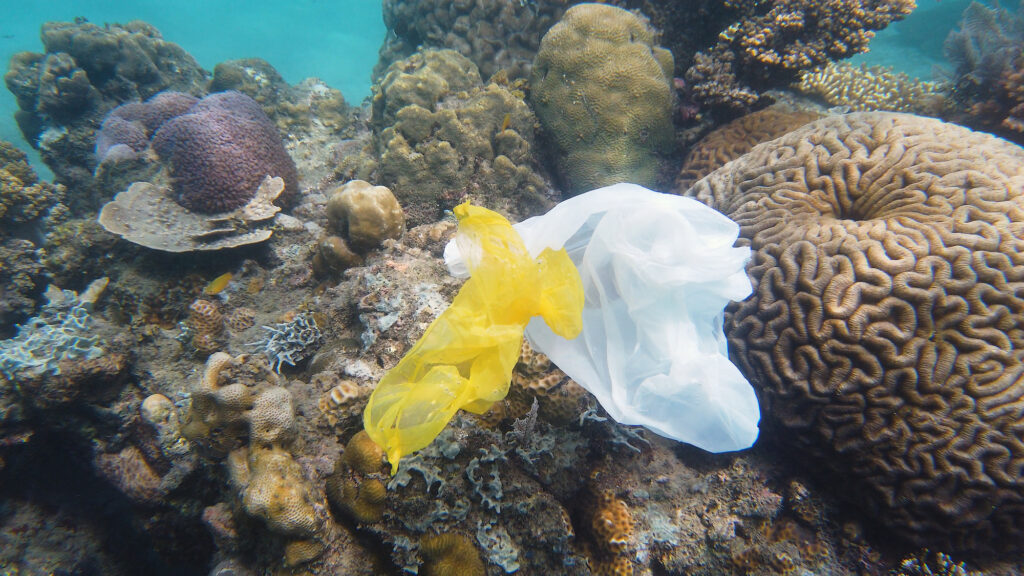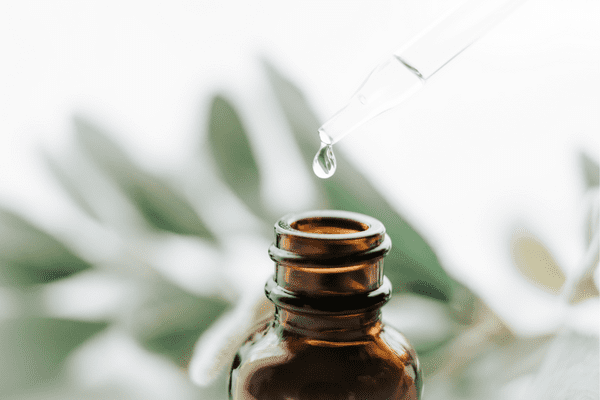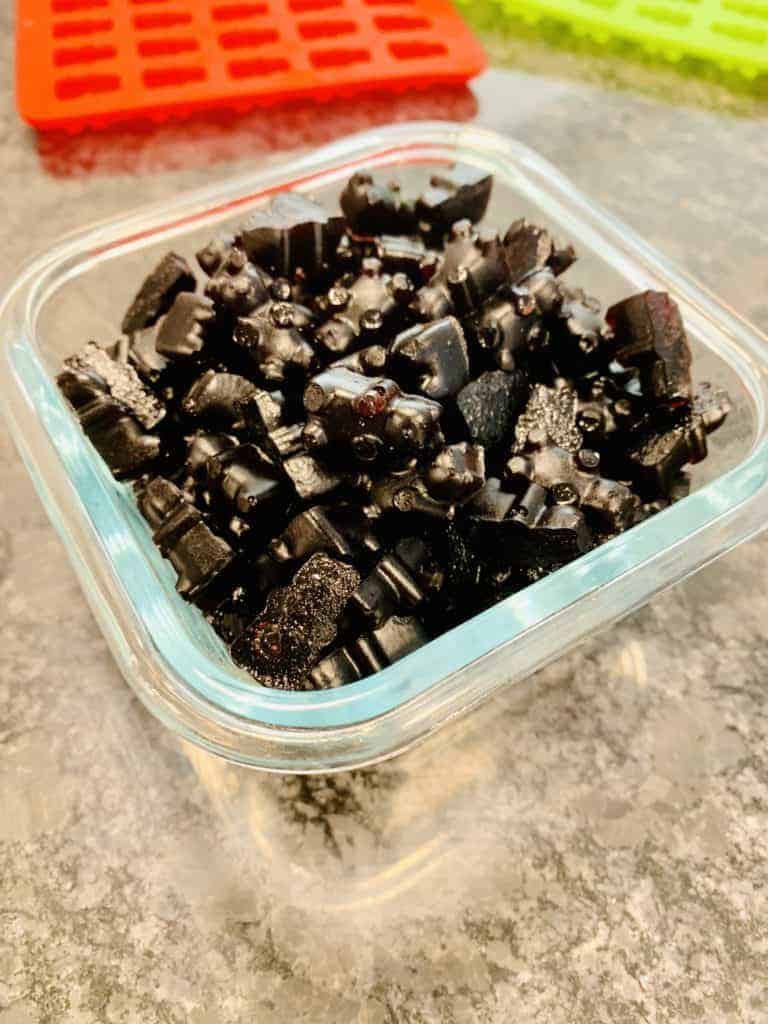The widespread presence of microplastics in our daily lives is a growing concern. These tiny particles, less than 5mm in size, find their way into our environment and bodies through various channels. While entirely avoiding microplastics is nearly impossible, there are several strategies we can employ to minimize our exposure. This article aims to provide practical and innovative methods to help you reduce your microplastic footprint.
Understanding Microplastics
Before diving into strategies, it’s essential to understand what microplastics are and how they enter our lives. Microplastics are tiny plastic particles that result from the degradation of larger plastic items or are manufactured for specific purposes, such as exfoliants in cosmetics. They can be found in various sources, including water, food, and even the air we breathe.
Avoid Single-Use Plastics
Single-use plastics, such as bags, bottles, and straws, contribute significantly to microplastic pollution. By reducing your use of these items, you can help minimize the presence of microplastics in the environment. Carry reusable bags, bottles, and utensils with you to avoid the need for single-use plastic products.
Filter Your Drinking Water
Microplastics have been found in tap, bottled, and filtered water. Using a high-quality water filter can help reduce the number of microplastics you consume. Look for filters specifically designed to remove micro-particles and ensure you maintain and replace them according to manufacturer guidelines. Understanding how to guard against microplastics in your drinking water can be an essential step in reducing overall exposure. Educating yourself on effective filtering methods can make a significant difference.
Cook and Store Food Wisely
Plastic containers and utensils can contribute to microplastics in your food, especially when heated. Use glass, stainless steel, or ceramic containers for food storage and cooking. Avoid heating food in plastic containers, as high temperatures can cause more microplastics to leach into your meals.
Choose Natural Fibers for Clothing
One of the primary sources of microplastics is synthetic clothing. When washed, garments made from polyester, nylon, and acrylic shed microfibers that make their way into waterways. Opt for natural fibers like cotton, wool, and linen. These materials not only reduce your microplastic exposure but also have a lower environmental impact overall.
Educate and Advocate
Knowledge is power. Educate yourself and others about the sources and dangers of microplastic pollution. Share information and advocate for policies that aim to reduce plastic usage and enhance waste management systems. The more people are aware, the greater the collective effort to tackle the problem.
Be Mindful of Personal Care Products
Many personal care products, like exfoliating scrubs and toothpaste, contain microbeads, which are tiny plastic particles that serve as abrasives. These microbeads are washed down the drain, eventually reaching oceans and rivers. Check product labels and opt for alternatives that use natural exfoliants like salt, sugar, or ground nuts.
Avoid Plastic Teabags
Many teabags contain a small percentage of plastic, which can release microplastics into your drink when steeped in hot water. Opt for loose-leaf tea or teabags made from natural fibers. Not only does this reduce your exposure to microplastics, but it also often results in a richer flavor experience.
Reduce Household Dust
Microplastics can accumulate in household dust, which we can inhale or ingest. Regular cleaning can help reduce the amount of microplastic-laden dust in your home. Vacuum with a HEPA filter, dust with a damp cloth, and consider using an air purifier to capture airborne particles.
Make Informed Choices
Stay informed about the products you buy. Many companies are beginning to adopt more sustainable practices, and consumer demand plays a significant role. Choose products from companies that prioritize sustainability and transparency in their manufacturing processes. This encourages more industries to follow suit.
Support Research and Innovation
Support organizations and initiatives that are conducting research on microplastics and developing innovative solutions. Whether through donations, volunteering, or simply staying informed about their work, being proactive can contribute to the broader goal of reducing microplastic pollution.
Final Thoughts
While eliminating microplastics from our lives entirely may be a daunting task, adopting these strategies can significantly reduce your exposure. By making conscious choices in our daily routines, we can protect our health and contribute to a cleaner environment. Start small, and gradually incorporate these methods into your lifestyle for a more sustainable future.





